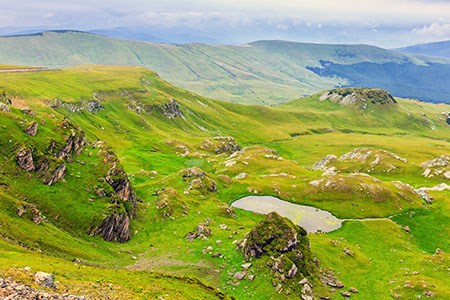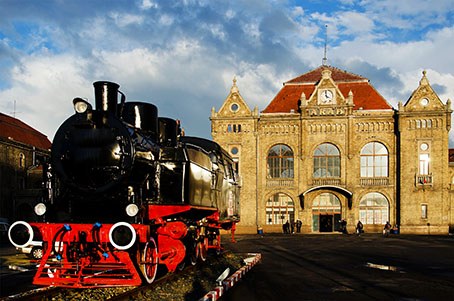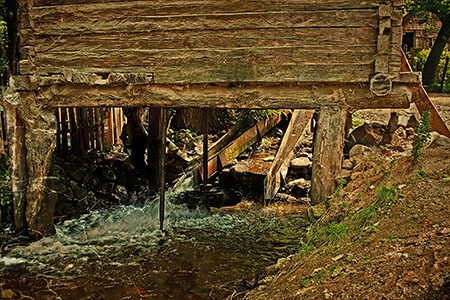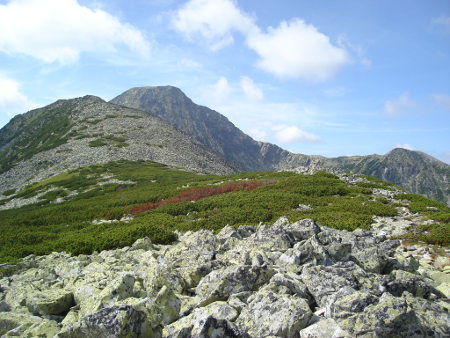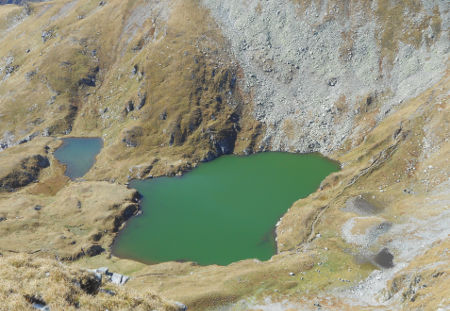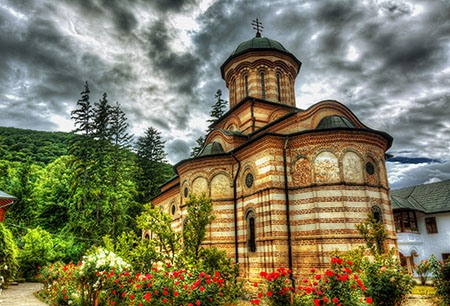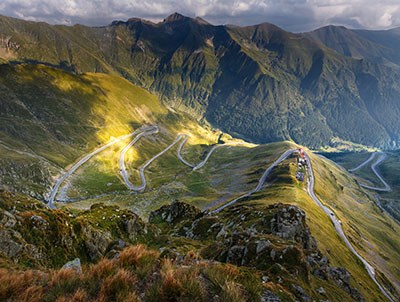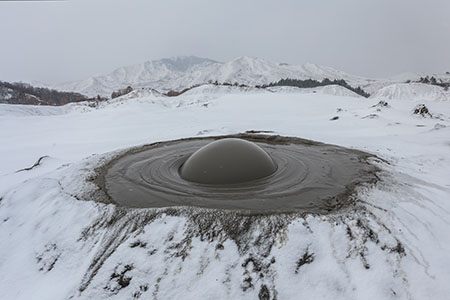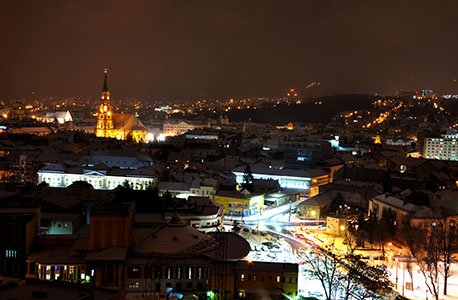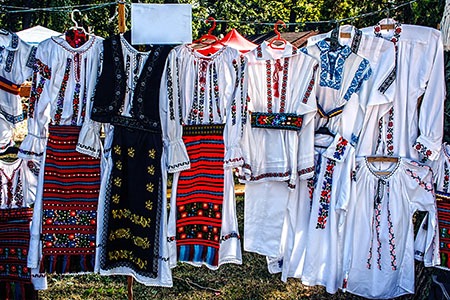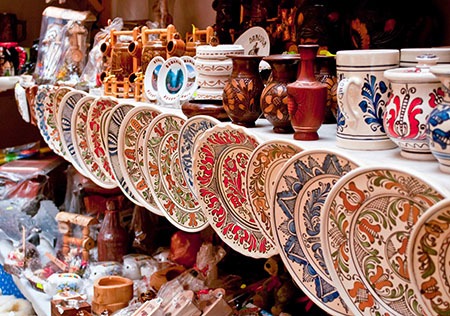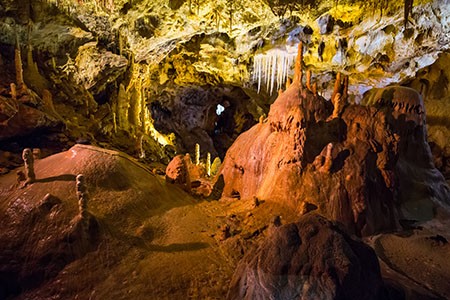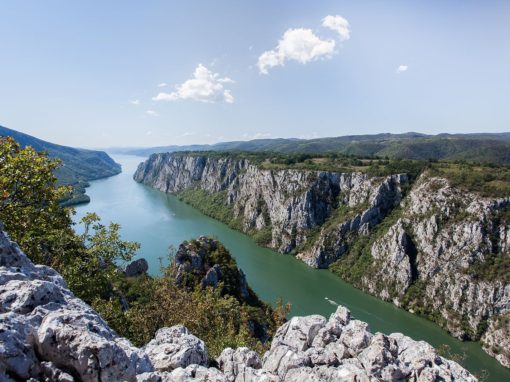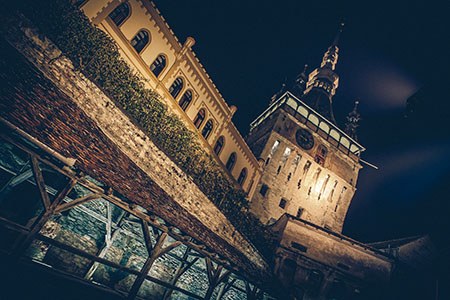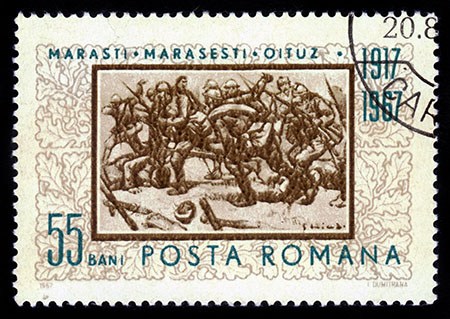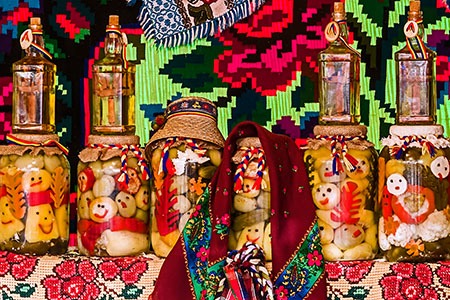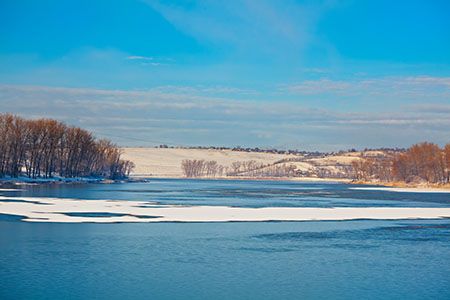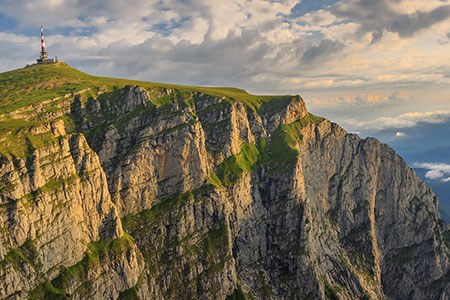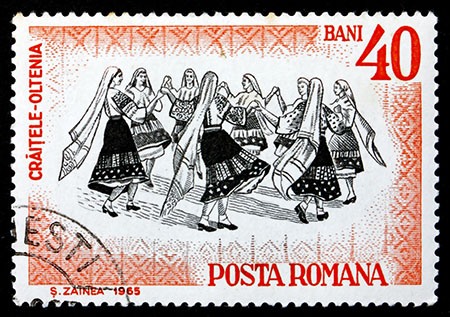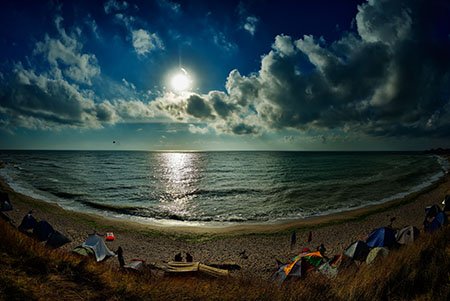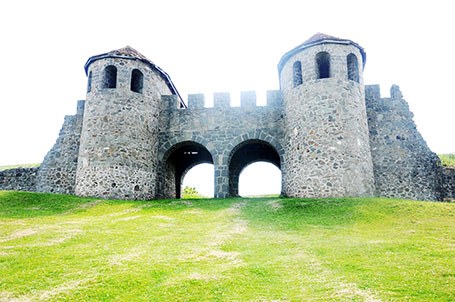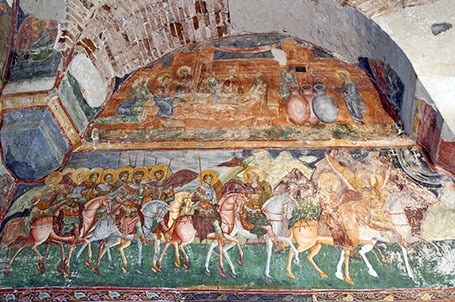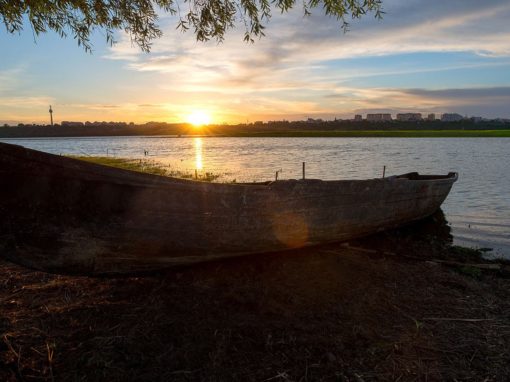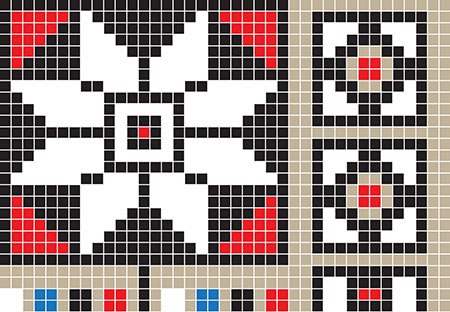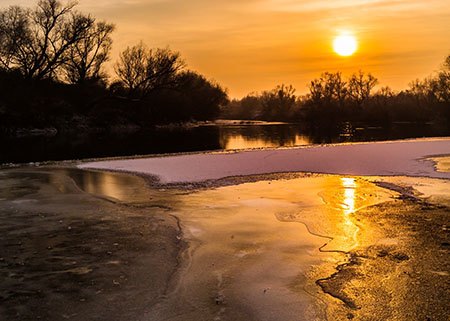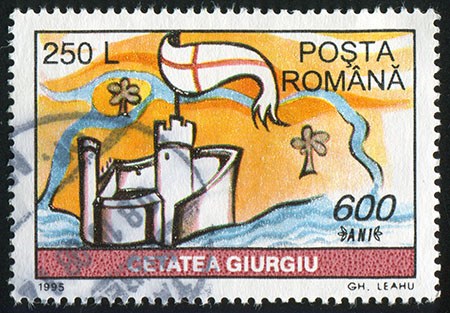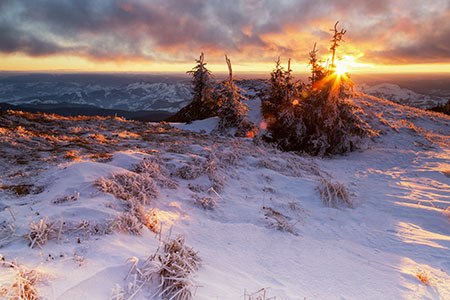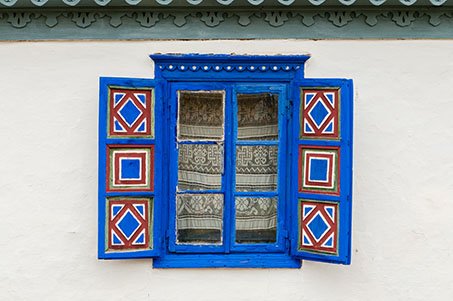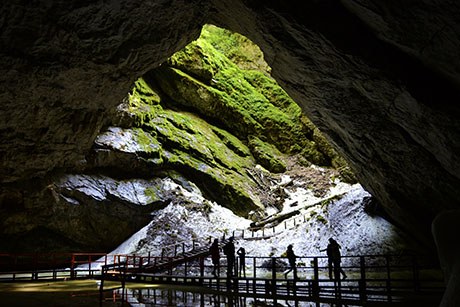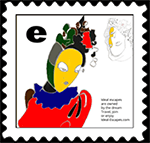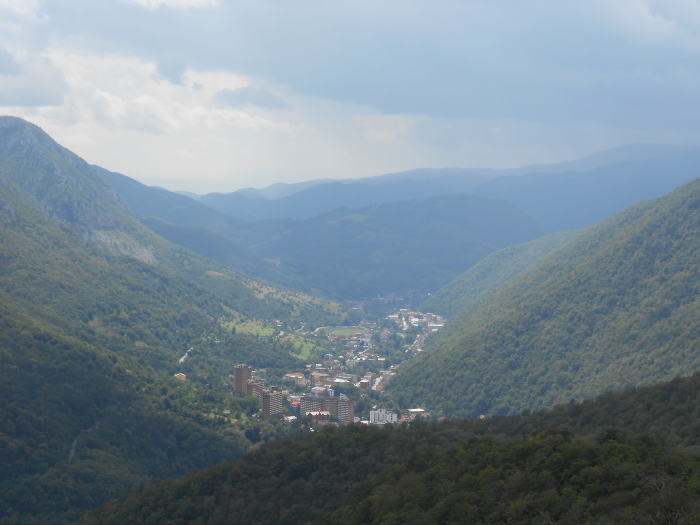
Băile Herculane
For this reason it is obvious that most tourist opportunities are related to outdoor activities.
However within that county, there also are other tourist attractions. Thus in the village Mehadia history lovers can visit the ruins of the Citadel Mehadia. This fortress dates back to XIVth century. At that time it had a strategic role for southeastern border of the Kingdom of Hungary. In 1523 it was conquered by the Turks and was destroyed in 1738.
Still standing, after all these years, the walls of defense tower testify to the greatness of this place over time. The ruins can be visited starting from the village of Mehadia.
Oravița
If you are passing through Caraş – Severin, you have to allocate time for this city whose name is attached to many firsts in Romania:
-The first railway in Romania into service in 1854 on the route Oravița – Baziaș which today is still running on section Oravița – Iam.
-The oldest mountain railway line in Romania, Oraviţa – Anina dating back to 1863.
– The first building built of brick in Southeast Europe, the oldest theater in Romania and the first European building lit with acetylene lamps –all are attributes of Mihai Eminescu Theatre from Oravița. The great poet played on the stage of this theater.
Băile Herculane (Herculane Baths)
Located on Cerna Valley, between two mountain ranges, Mehedinți and Cerna, Herculane Baths, offers countless opportunities for your holiday. The resort has a multitude of possibilities of treatment with thermal mineral water in several treatment centers. Its location enables hiking, relaxation, cycling or simply walking on the Cerna banks, to enjoy the benefits of air one of the most ozonized in Europe.
It is true that its infrastructure is not in the best shape now, many old buildings which in themselves constitute an open-air museum, having an urgent need to rehabilitation.
Herculane Train Station is a particularly beautiful building, unfortunately neither it is in a very good condition.
Out of town, on the way to “Șapte Izvoare (Seven Springs)” there is a Visiting Center where you can learn many interesting things about the history, flora, fauna, life and traditions of these places.
Some trails or extremely beautiful places that you see departing from Herculane:
– Waterfall Vânturătoarea,
– Țăsnei Gorge,
– Prisăcina Gorge,
– Munk’s Spring,
– watching turrets (yellow green and red),
– Poiana cu Peri (Pear Tree Meadow).
Nera National Park
It is a protected natural area that includes the karst area on the middle of the river Nera, the course of stream Beu, Dracului (Devil’s) Lake, Ochiul(Eye) Beiului Lake and Beușniței and Sușara waterfalls. The park holds countless karst (caves, ravines, gorges) and a very valuable flora and fauna.
Domogled – Valea Cernei (Cerna Valley) Park covers Cerna basin and partial the mountains, Godeanu, Cerna, Mehedinți and Vâlcan. The park houses more reserves within its borders and a karst landscape, particularly spectacular.
Bigăr Spring and Waterfall – are part of the National Park Nera – Beuşniţa. The spring comes from an underground water course that runs through the cave Bigăr. The river mouth in Miniș River forms the famous Bigăr Waterfall.
Semenic tourist area, consisting of Semenic tourist resorts Văiuga – Crivaia, Trei Ape (Three Waters) and Secu, has a rich offer for lovers of outdoor activities, both summer and winter. At Semenic and Văiuga – Crivaia there are ski slopes of varying degrees of difficulty. At Văiuga – Crivaia there are facilities for water sports.
Ideal Escapes in Romania
